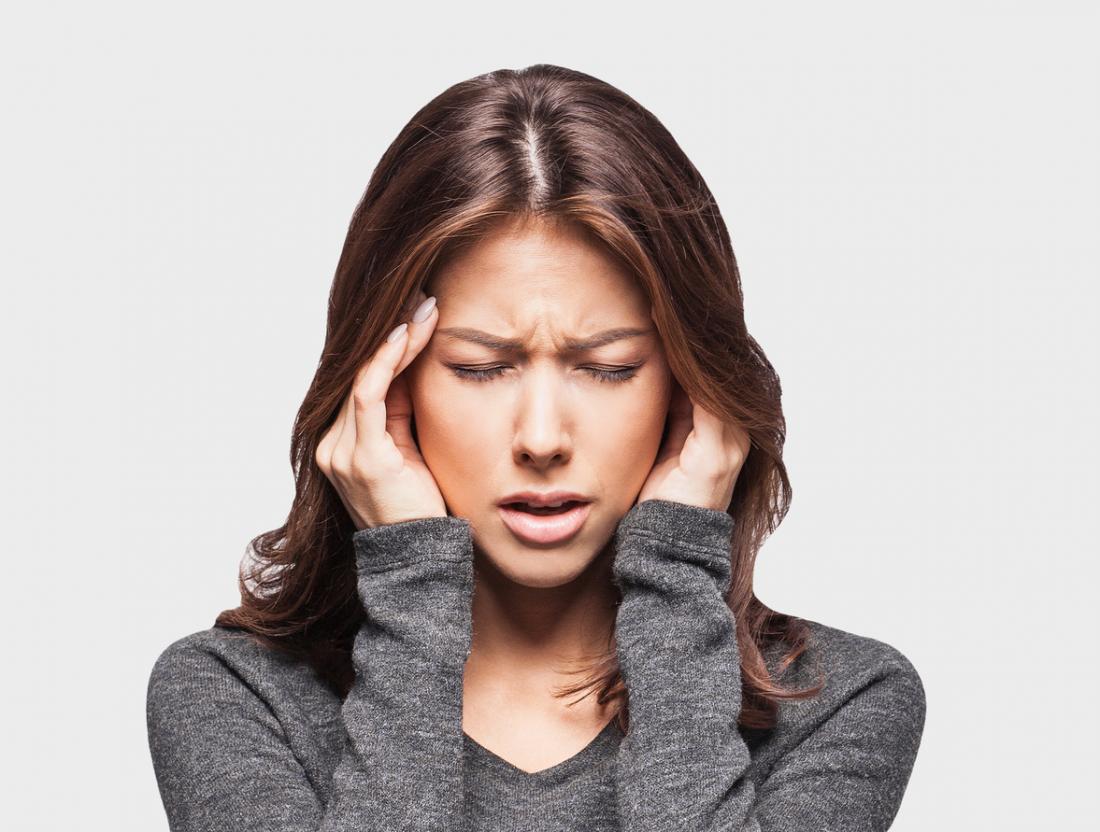Migraine: Causes, Symptoms And Treatments With FRANCIS EZEDIUNO


Sometimes, it is referred to as one sided headache and atimes as tension headaches. Whatever name it is referred to, the medical name for it is migraine and when it does occur, it is described as throbbing pain that disorientates, causes confusion, brings about pounding in the head, nausea, vomiting, temporarily makes the person to have difficulty seeing, weaknesses, numbness on the hands and feet.
Medically, it has been proven that women suffer migraine more than men but that men suffer it longer (duration) than women.
Whichever one it is, migraine or one sided headache is not an ache to toy with as the pain can make even the strongest physically to break down and cry.
Normally, migraine sufferers have a history behind them and treatment has to trace the history but it is also important to treat migraine based on the underlying factors rather than the aches and pains.
What is Migraine?
Migraine is a neurological condition that can cause multiple symptoms. It’s frequently characterized by intense, debilitating headaches. Symptoms may include nausea, vomiting, difficulty speaking, numbness or tingling, and sensitivity to light and sound. Migraines often run in families and affect all ages.
The diagnosis of migraine headaches is determined based on clinical history, reported symptoms, and by ruling out other causes. The most common categories of migraine headache are those without aura, common migraines and those with aura, classic migraines.
Migraines can begin in childhood or may not occur until early adulthood. Women are more likely than men to have migraines. Family history is one of the most common risk factors for having migraines.
Migraines are different from other headaches.
Types of Migraine
There are many types of migraines. Two of the most common types are migraine without aura and migraine with aura. Some people have both types
Migraine symptoms
Migraine without aura. This type of migraine used to be called common migraine. Most people with migraine don’t experience an aura.
Migraine with aura. This type of migraine used to be called classic migraine, complicated migraine, and hemiplegic migraine. Migraine with aura occurs in 25 per cent of people who have migraines.
Symptoms include: food cravings, depression, fatigue or low, energy, frequent yawning, hyperactivity, irritability, neck stiffness.
In migraine with aura, the person may have problems with vision, sensation, movement, and speech. Examples of these problems include: difficulty speaking clearly, feeling a prickling or tingling sensation in your face, arms, or legs, seeing shapes, light flashes, or bright spots, temporarily losing your vision
Pain associated with migraine
Migraine pain most commonly affects the forehead area. It is usually on one side of the head, but it can occur on both sides, or shift.
Most migraines last about 4 hours. If they are not treated or do not respond to treatment, they can last for as long as a week.
Treatment of migraine
Migraines cannot be cured but it can be managed so that its occurrence will be less and its symptoms can be treated when they occur. Treatment can also help make it less severe.
Treatment can take the following forms. It can be based on age, frequency of attacks, the type of migraine, its severity and duration of attack, severity of the pain and how it affects daily routine, nausea or vomiting, other symptoms and health conditions and medications previously taken.
Migraine remedies
It is advisable to, lie down in a quiet, dark room, massage the scalp or temples, place a cold cloth over the forehead or behind the neck.
Medication to treat migraine
Medications can be used to either prevent a migraine from happening or treat it once it occurs. You may be able to get relief with OTC medication. However, if OTC medications are not effective, the doctor may decide to prescribe other medications.
It should be noted that the frequency and recurrent use of any kind of headache drugs can cause what is known as medication overuse headache. Persons with migraine are at higher risk of developing this complication.
What causes migraines?
Researchers have not identified a definitive cause for migraines. They have found some contributing factors that can trigger the condition. These include changes in brain chemicals, such as a decrease in levels of the brain chemical serotonin.
Other factors that may trigger a migraine include: bright lights, severe heat, dehydration, hormone changes in women, pregnancy, or menopause, excess stress, loud sounds, intense physical activity, skipping meals, changes in sleep patterns, use of certain medications, unusual smells, certain foods, smoking, alcohol abuse, traveling
Foods too may likely trigger migraines. Foods such as alcohol or caffeinated drinks, food additives, aspartame (artificial sugar) and monosodium glutamate.
This piece is written by Dr. Tayo Mootemi










